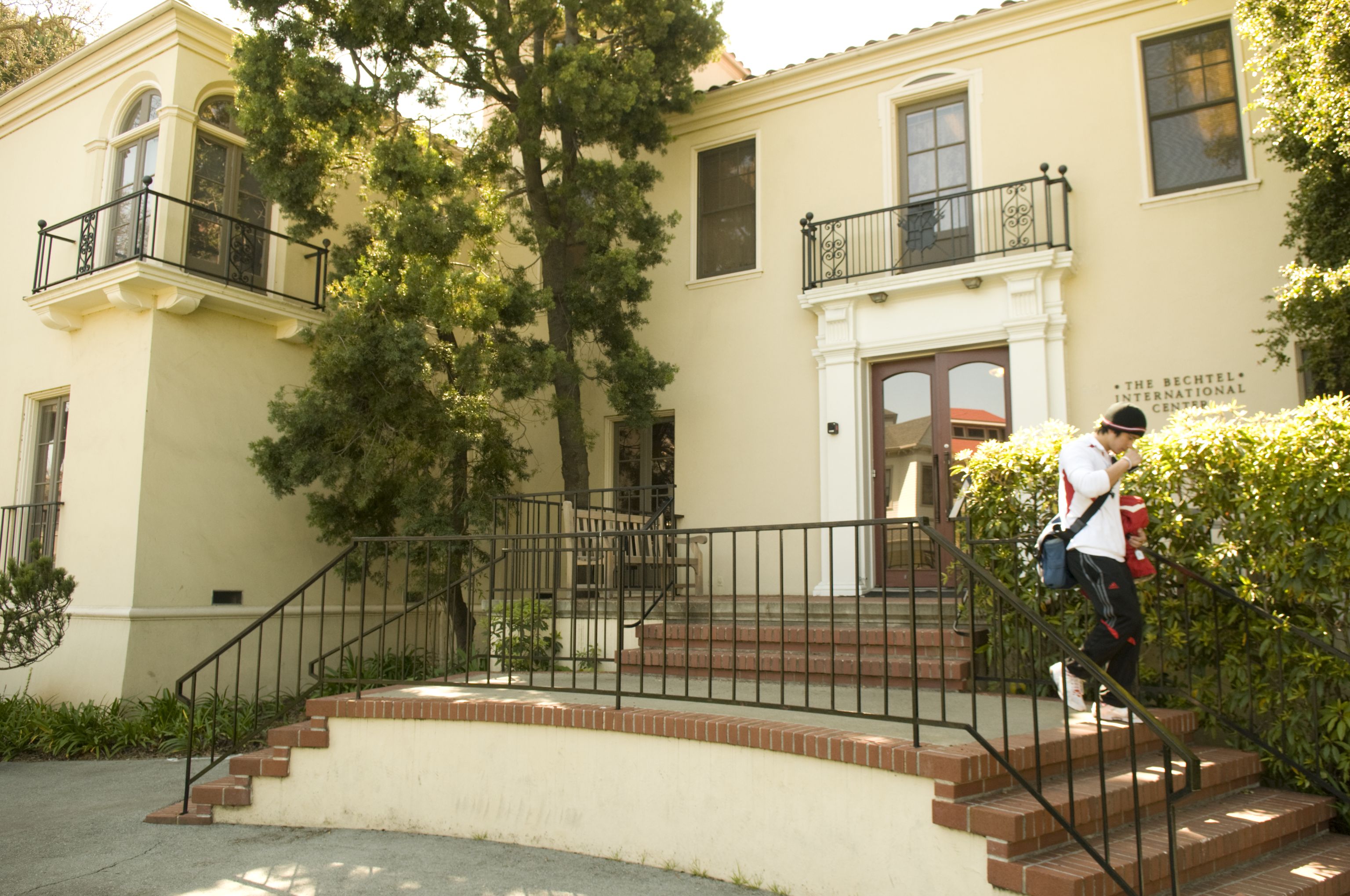This article is the third installment in a series examining how students are spending spring quarter.
Amid the COVID-19 pandemic, international students at Stanford have been faced with unique obstacles, including deciding whether to stay on campus or go home, grappling with international travel restrictions and policies and learning remotely from different time zones.
Like all of Stanford’s undergraduate population, international students’ college experiences were upended in March, as University emails escalated from canceling in-person winter instruction on March 6 to announcing on March 13 that nearly all students needed to leave campus in the next five days.
Unlike most undergraduates, international students also had to contend with uncertainties surrounding overseas travel, as Stanford ramped up restrictions on leaving the country.
“Unless you are an undergraduate student who is returning home, Stanford strongly recommends that all current travelers suspend their international trips and return home as soon as practical,” Stanford announced on March 12.
International students had varying reactions to the University’s series of announcements.
“I think they did the best that they could,” said Riya Sankhe ’23, who lives in Mumbai, India. “There were many changes made in their decisions but I don’t think it was their fault. It’s just that a situation like this has never happened before, and it’s confusing for everyone.”
Moritz Stephan ’23, who is from Vienna, Austria, decided to stay on campus. He said he felt the University provided students with support while allowing them to make their own decisions.
“The financial aid office offered to pay for a ticket home but also offered the option to stay, so I felt like I could make a choice,” he said.
Other international students, however, expressed discontent with the administration’s communication and decision-making regarding the crisis. Until the University’s March 12 announcement, these students were unsure whether Stanford’s travel restrictions would allow them to return home.
“My decision to stay in the U.S. was in direct opposition to what I actually wanted to do, which was go home, but due to inefficient responses from Bechtel as well as the U.S. government that was not a decision I was able to make,” said a freshman who is still living within the United States. They spoke on the condition of anonymity for fear of endangering their visa status.
Other students said they were unable to make voluntary decisions regarding their living situation during spring quarter due to broader national and international policy restrictions. Students expressed that their fear regarding potential international travel restrictions led them to make hasty choices that would impact several months of their lives.
“It wasn’t completely forced,” said Uma Dayal ’23, who lives in Bangalore, India. “I could have stayed, but I was scared that India might close its border, so I wanted to come back as soon as possible. I knew the situation at Stanford was going to get much worse, and so I didn’t want to get stranded there.”
Ishita Mangla ’23, from New Delhi, India, agreed.
“I left the U.S. mid-March when the situation had just about started to escalate,” Mangla said. “I think that the primary reason why I decided to fly out early was because a lot of international flights were getting suspended and there was talk about shelter-in-place in California.”
When international students did reach home, they were greeted with a variety of new challenges and restrictions. Some students who feared infecting their families self-quarantined in hotels. Others, such as students who reside in China, were regularly tracked by their governments.
The beginning of spring quarter classes on April 6 also presented a new challenge: taking classes in a different time zone.
“I prefer working at night,” said Mehul Arora ’23, who is from New Delhi, India. “However, I am concerned about how this would impact how much I get out of my classes. This also has a drastic impact on my sleep schedule. I would go to sleep at roughly around 5 a.m. and wake up around 3 p.m. ”
Staying involved with extracurriculars also poses challenges.
“I’m involved in something which meets 6 nights a week at 7 p.m. PT, so I can’t really get to sleep before 4 a.m.,” said Ishan Gandhi ’23, who is from London. “My sleep schedule has ended up as sort of a mess.”
Students expressed appreciation for class policies that allow them to complete work asynchronously.
“I have classes which I have to attend synchronously, but most of my classes are recorded which is comfortable, plus section times are widely created for all time zones,” said Stephan Sharkov ’23, who is from Saint Petersburg, Russia, but is staying with his roommate within the United States until the ban prohibiting his travel back home is lifted.
International students living on campus, however, said that their new living situation has also presented them with obstacles.
“I do believe the people you meet and live with here are a fundamental part of your Stanford experience and education,” said Atem Aguer ‘23, who is from South Sudan. “There is a sense of loneliness and boredom. Ultimately being an international student and living on campus during these times makes me miss my family more.”
Several students said they were especially grateful for their education during this time.
“It is not the best of times but I really cannot complain because unlike so many people I am still getting an education this quarter and I am still able to communicate with my loved ones,” said Parth Garg ’23, who lives in Abu, Dhabi. “I feel like I have enough to be grateful for.”
April 29, 11:12 a.m. — A previous version of this article incorrectly spelled Parth Garg’s name as Partha Garg. The Daily regrets this error.
Contact Smiti Mittal at smiti06 ‘at’ stanford.edu.
